Getting a new keyboard is, other than investing in a new desk chair or monitor, one of the fastest ways you can level up your experience of using your computer. Like your mouse, it’s the thing you touch every time you use your device, and depending on what you use your computer for, having a keyboard that’s comfortable to use can be the difference between getting work done or not. Laptop keyboards have radically improved over the last five years, whether it’s Apple transition away from the much-aligned butterfly keyboard or the dramatic strides Windows laptop keyboards have made in quality. But because you’re truly stuck with the keyboard your laptop ships with, you’ll need an external keyboard to get any kind of custom experience.
Read more: Apple iPhone 15 and USB-C: Everything you need to know
In terms of ease-of-use, comfort, and variety, a USB-C keyboard is your best choice. USB-C keyboards connect and charge over the most ubiquitous port on desktop and laptop computers, they themselves frequently offer wireless connectivity options, and you won’t even have to invest in new cables or chargers if you already have a smartphone that charges over USB-C. We’ve selected some of the best USB-C keyboard options for the collection below, so if you’re trying to improve your typing experience, take a browse.
-
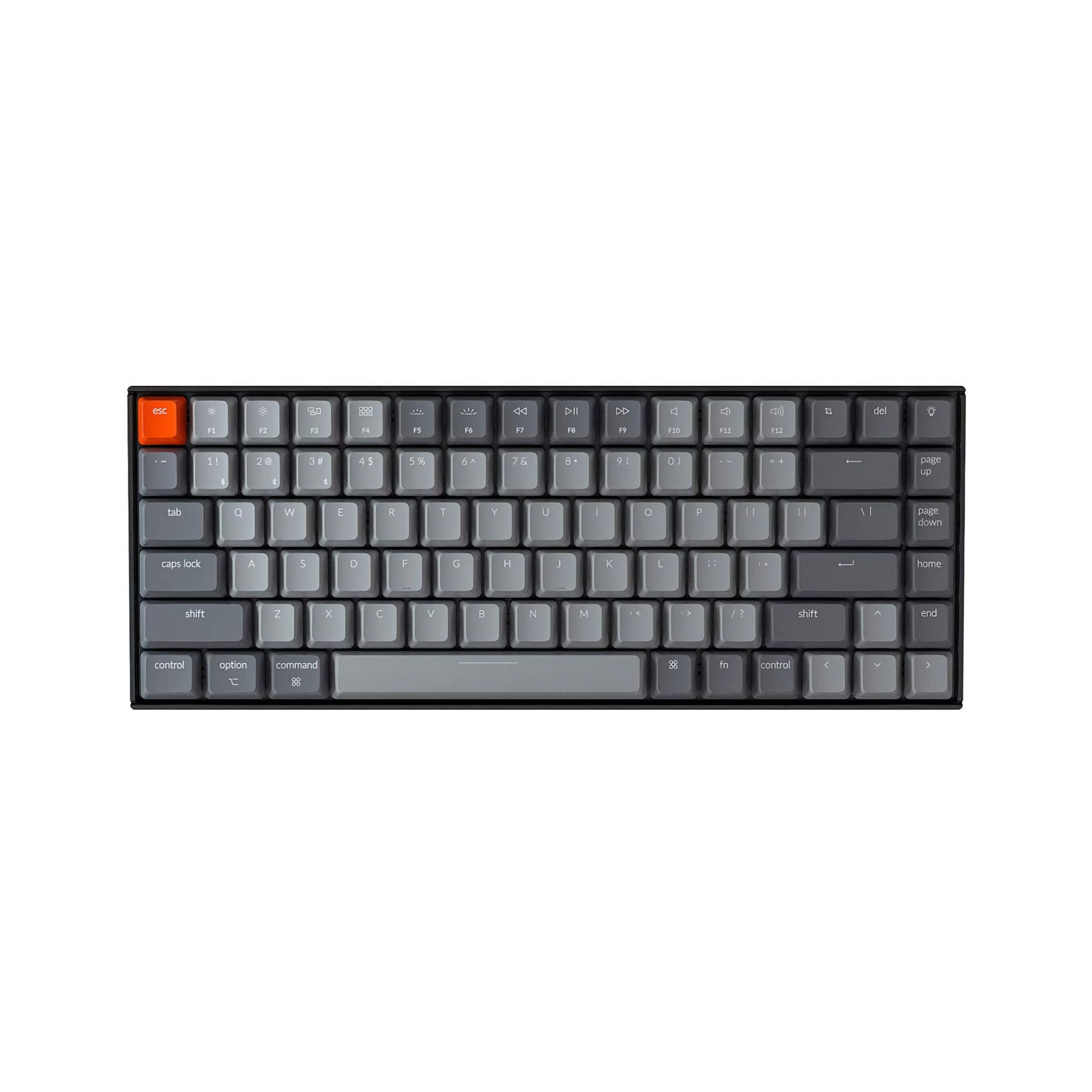
Keychron / Pocket-lint
Keychron K2 Wireless Mechanical Keyboard
Best overall USB-C keyboard
The Keychron K2 Wireless Mechanical Keyboard (Version 2) is part of Keychron’s cheaper K series of keyboards but don’t let that dissuade you. Even with a plastic casing and frame, the K2 is satisfyingly rigid and big enough to be comfortable. It can connect to up to three devices or Bluetooth, or one over a wired USB-C connection.
-
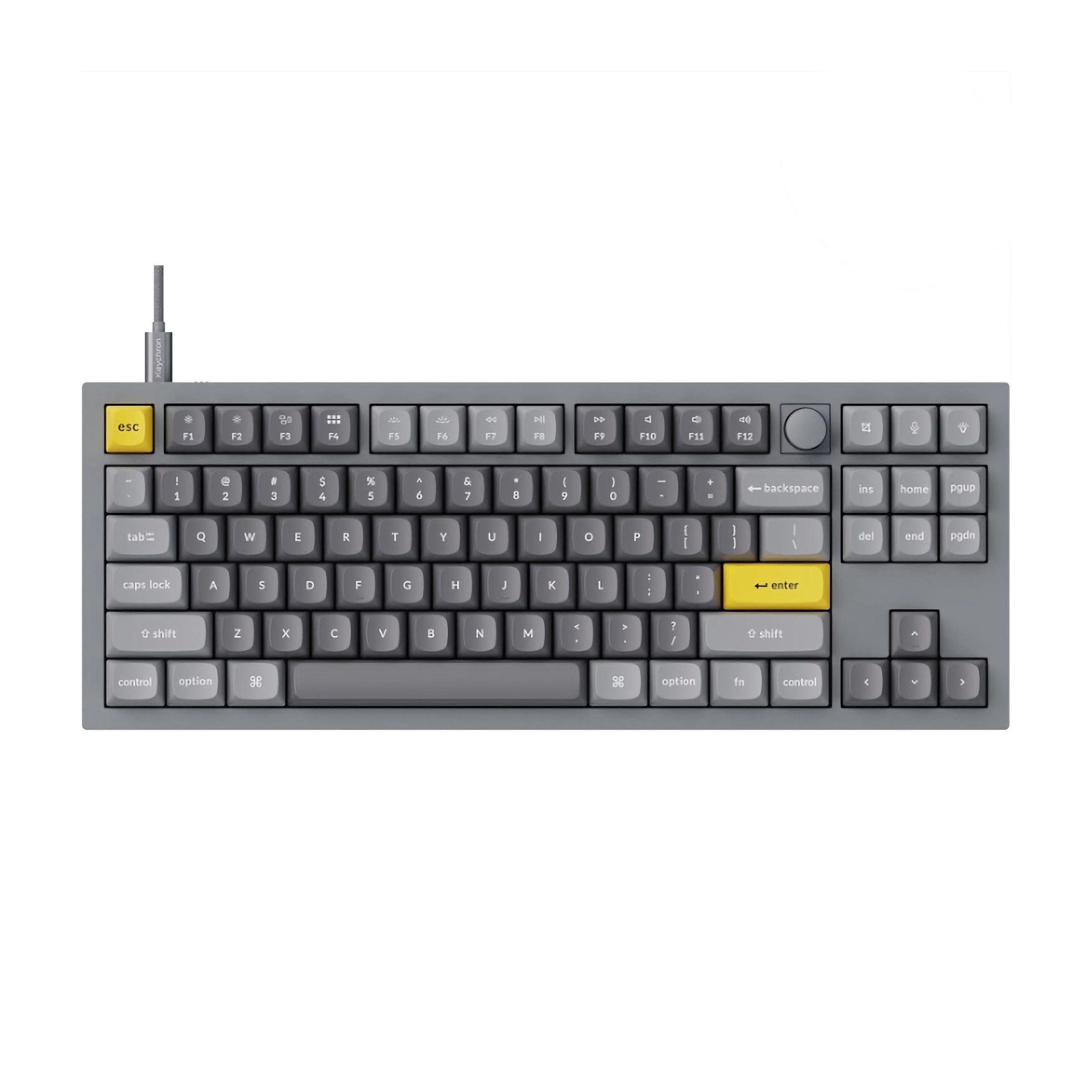
Keychron / Pocket-lint
Keychron Q3 Wired Custom Mechanical Keyboard
Best premium USB-C keyboard
For the high-end keyboard enthusiast, look no further than the Keychron Q3 Wired Custom Mechanical Keyboard. The Q3 has a sleek aluminium frame that comes in several different stylish colours, with just as many switch options for a versitle typing experience. It’s all fully customizable via software and better yet, there’s a built-in knob that you can set to adjust volume and more.
-
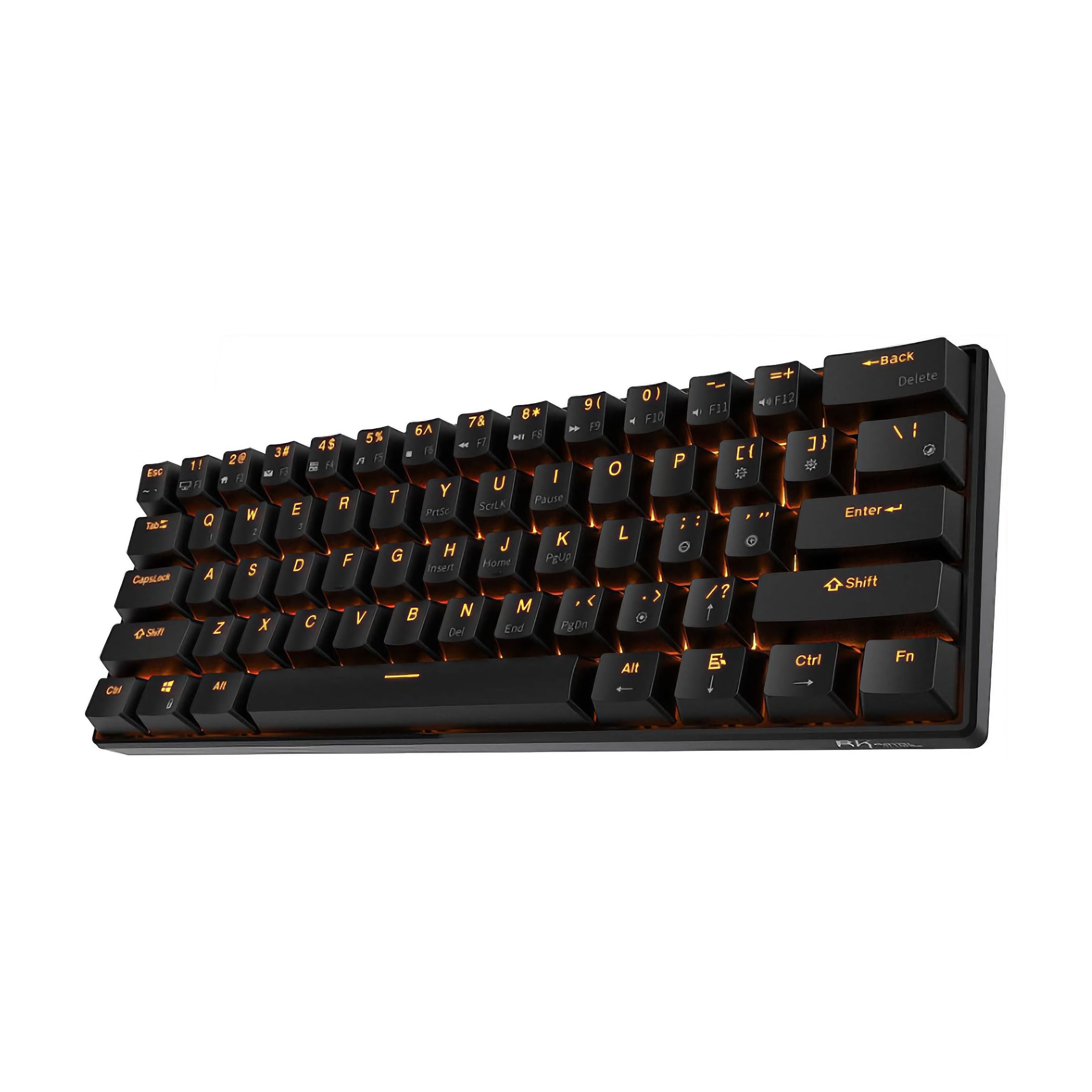
Royal Kludge / Pocket-lint
Royal Kludge RK61 Wireles Mechanical Keyboard
Best budget USB-C keyboard
$50 $65 Save $15
Being cheaper and more compressed than our other picks doesn’t make the Royal Kludge RK61 Wireless Mechanical Keyboard any less capable. It connects wirelessly (over Bluetooth or a 2.4GHz connection) or USB-C and offers 13 hours of battery life that can be extended to over 300 in standby. Just keep in mind it’s designed for Windows machines and doesn’t ship working with macOS out of the box.
-
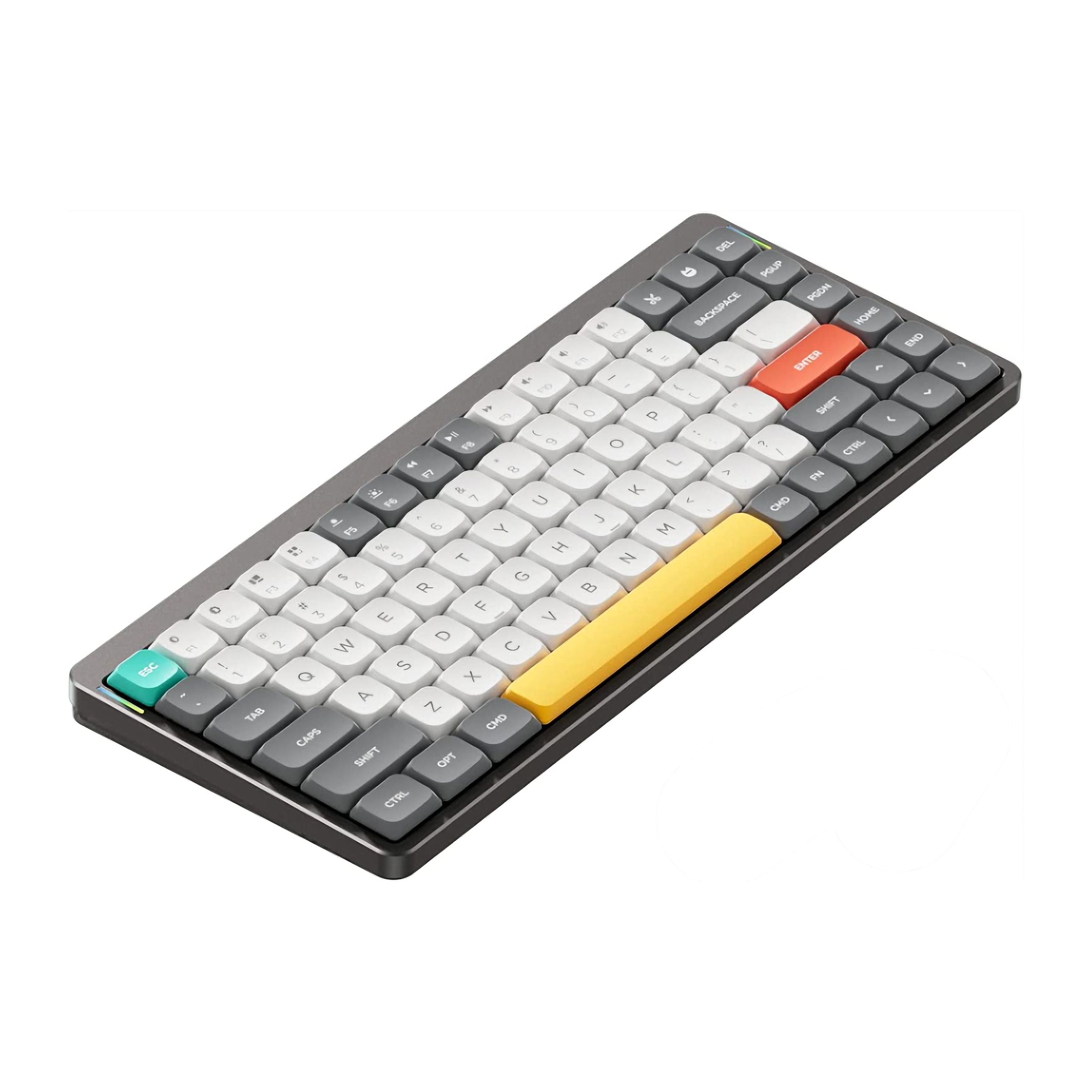
Nuphy / Pocket-lint
Nuphy Air75
Best low-profile mechanical keyboard
A verifiable social media sensation, the Nuphy Air75 Mechanical Keyboard is one of the best looking and lowest-profile keyboards in this collection. It comes in a playful set of colours, works just as well with Macs or Windows machines, and works with a wireless dongle or over a wired USB-C connection.
-
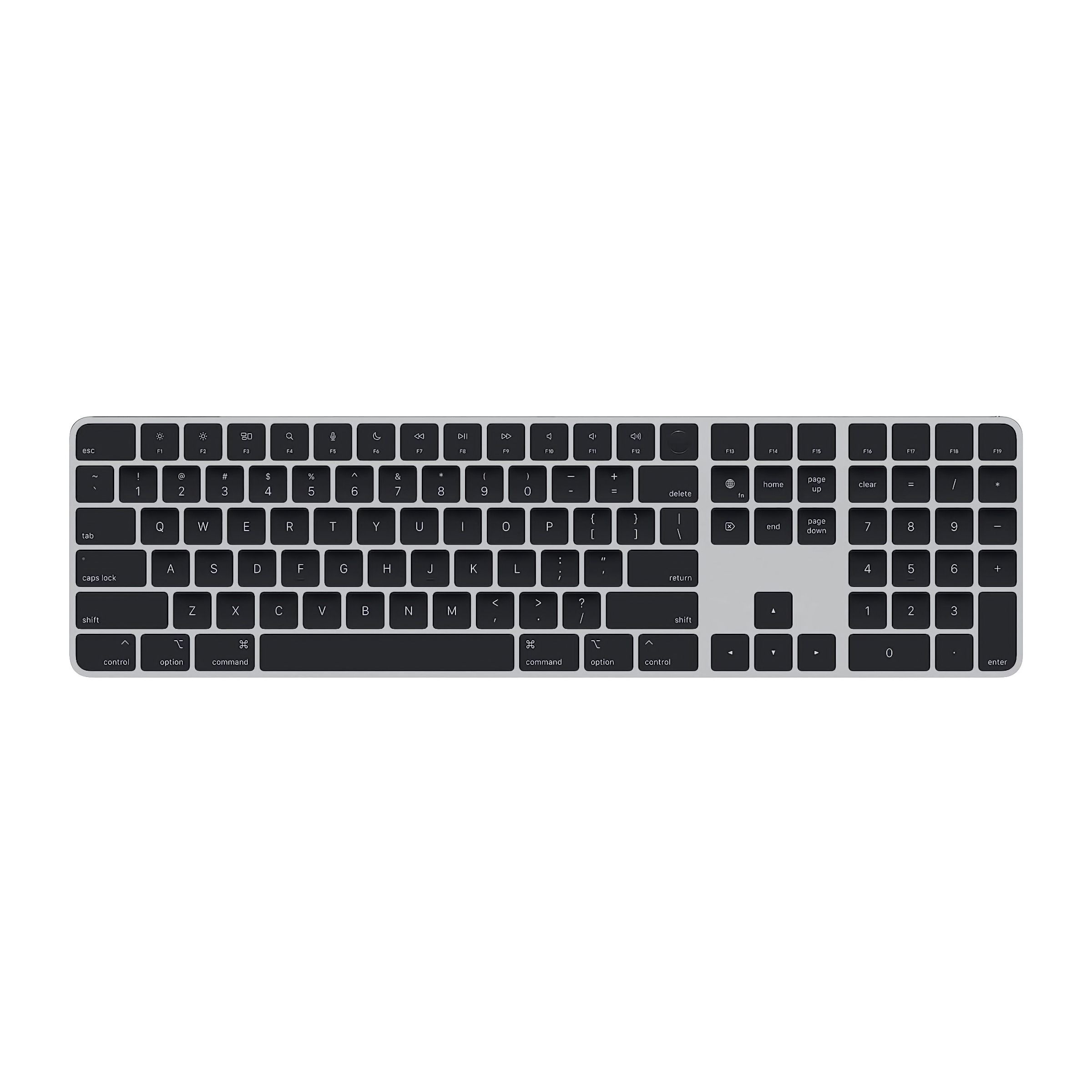
Apple / Pocket-lint
Apple Magic Keyboard with Touch ID and Numeric Keypad
Best keyboard with Touch ID
$189 $199 Save $10
Apple’s Magic Keyboard with Touch ID and Numeric Keypad exists in an odd grey area for USB-C devices. It technically charges via its Lightning port, but the braided cable it ships with is a USB-C to Lightning cable. It’s highly likely Apple will swap it to USB-C just like the iPhone 15, but in the meantime it’s a great option for Apple users thanks to its dedicated Touch ID button.
-
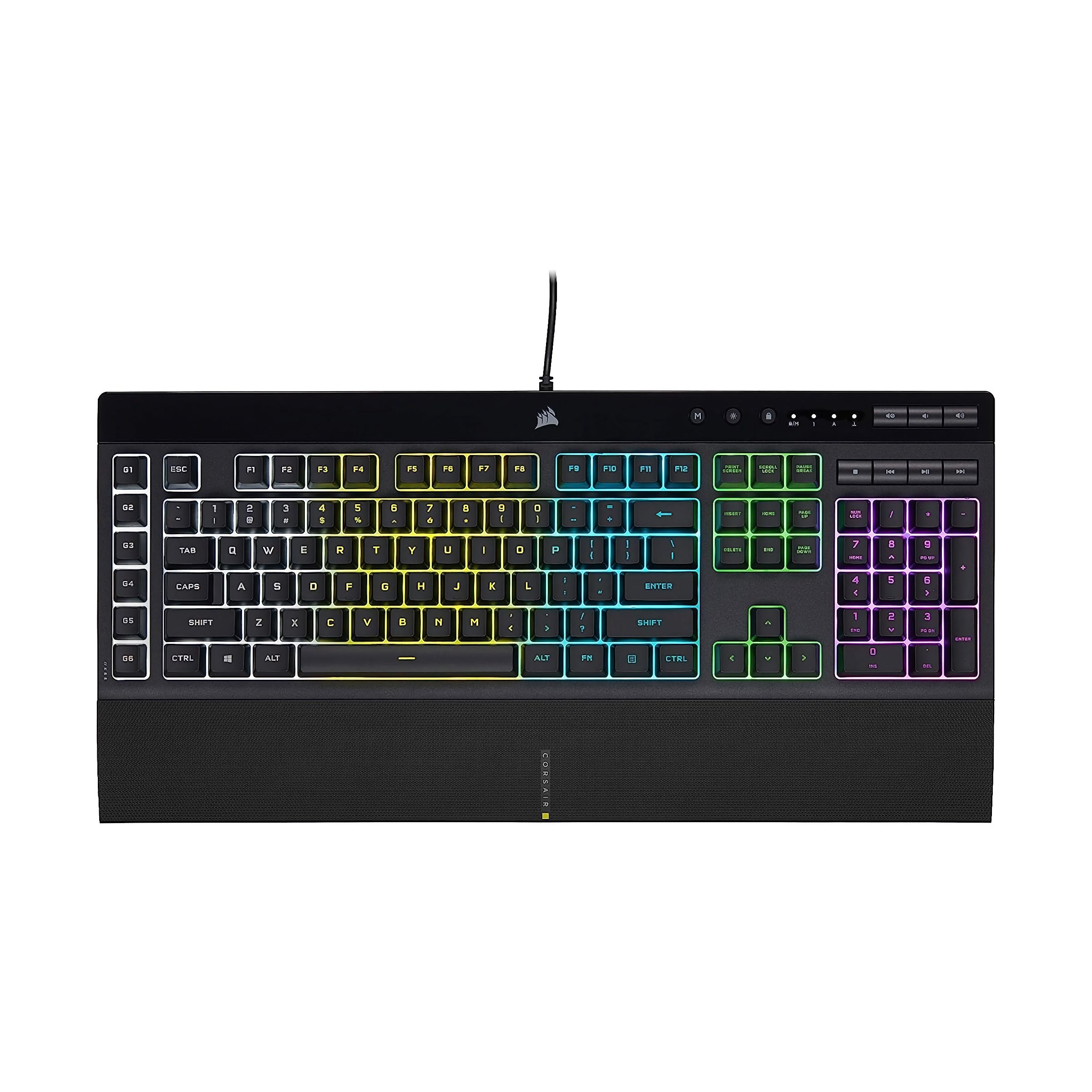
Corsair / Pocket-lint
Corsair K55 RGB Pro Gaming Keyboard
An affordable gaming keyboard
$59 $69 Save $10
Don’t worry, we thought of the gamers too. The Corsair K55 RGB Pro Gaming Keyboard is a membrane keyboard for Windows, so it won’t have the “clack” of our mechanical picks, but in exchange you get it six dedicated macro keys (you can use these for Elgato), dust and spill resistance, and a detachable palm rest.
-
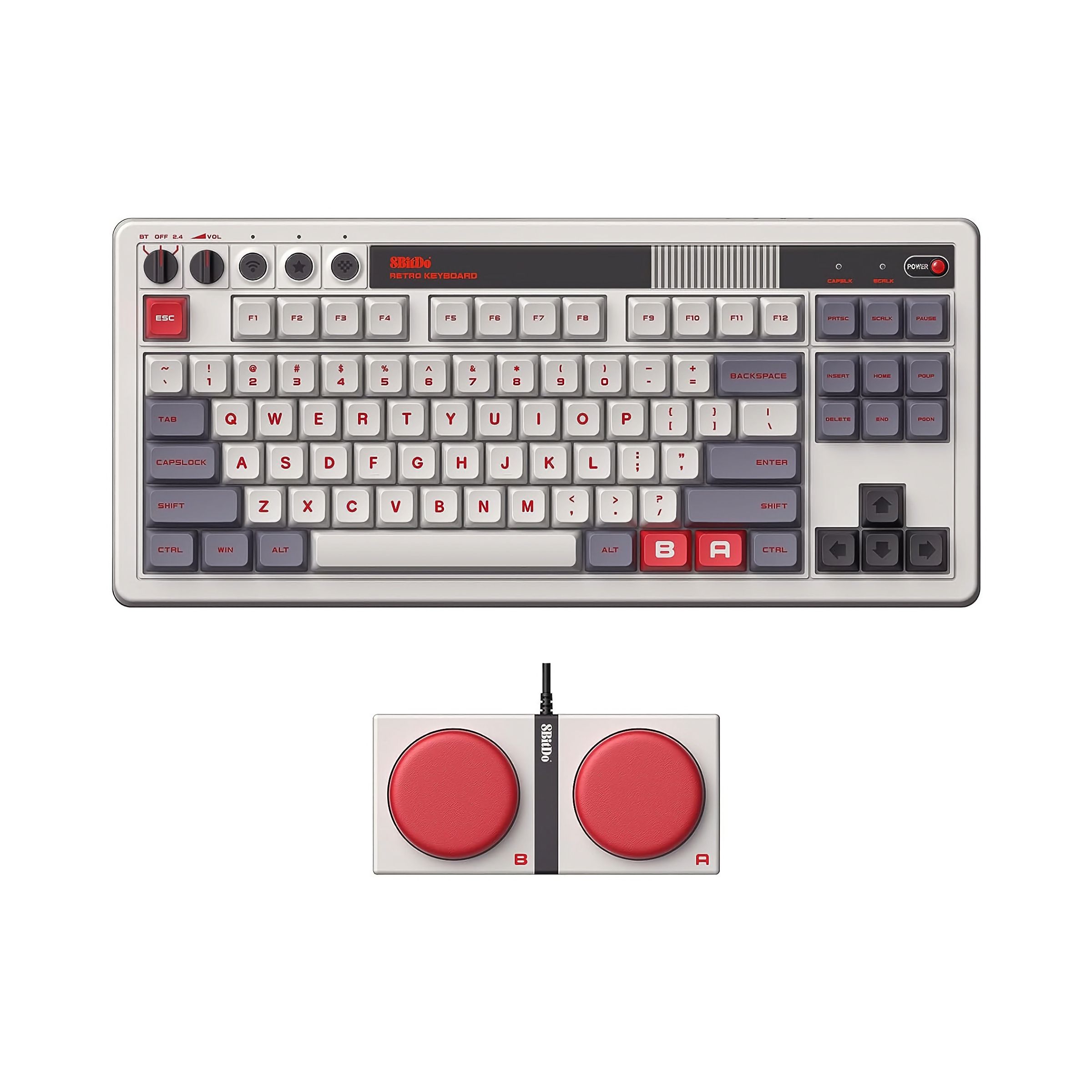
8Bitdo / Pocket-lint
8Bitdo Retro Mechanical Keyboard
Best Nintendo-inspired keyboard
8Bitdo’s Retro Mechanical Keyboard looks like a Nintendo Entertainment System (NES). But that gaming-inspired design doesn’t mean these keys are exclusively for playing games. 8Bitdo’s keyboard works with Windows or Android devices over Bluetooth, wireless 2.4Ghz adapter, or a wired USB-C connection, and ships with two big, red buttons you can assign to do just about anything when you press them.
-
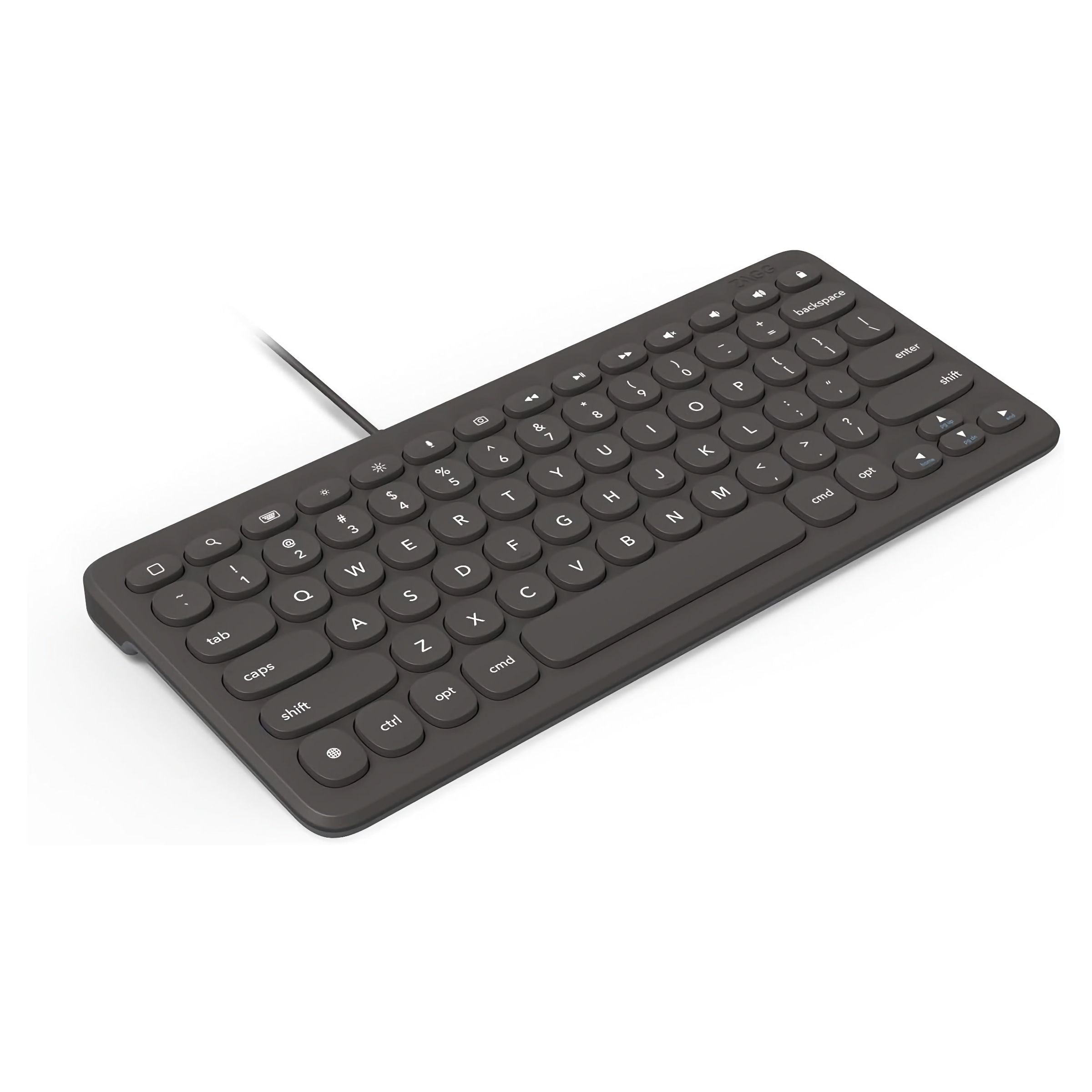
Zagg / Pocket-lint
Zagg Connect Keyboard 12C
Best keyboard for tablets and phones
The Zagg Connect Keyboard 12C is as simple as USB-C keyboards come. It has round keys (kind of like Logitech’s Pop Keyboard) that fit into a compact body that should easily fit in a backpack. The Connect Keyboard is designed to work with all the major operating systems, but its simple USB-C cable and small size make it perfect for typing on a tablet or smartphone.
What is the best USB-C keyboard?
USB-C keyboards come in all shapes and sizes, but for our money, we think the Keychron K2 Wireless Mechanical Keyboard will make most people happy with its options for wireless or USB-C connections, satisfyingly clacky keys, and solid construction. If you’re willing to pay a bit more, the Keychron Q3 Wired Custom Mechanical Keyboard adds a knob and an aluminium frame, and for a bit less, the Royal Kludge RK61 can get you a mechanical USB-C keyboard for less than $100.
What’s the difference between a membrane keyboard and a mechanical keyboard?
There are a variety of different ways to detect when someone presses a key on a keyboard, but when you’re comparing price and features, membrane keyboards and mechanical keyboards are the two types that get compared most often.
Membrane keyboards have rubber domes under each key that when pressed, complete a circuit that registers the key as pressed on your computer. Membrane keyboards are generally quieter, mushy with very little tactile feedback, and much more prone to damage that requires repair. The most important thing to know about membrane keyboards, though, is that they’re far cheaper than mechanical keyboards.
Mechanical keyboards use individual mechanical switches that have to be pressed to register a stroke of a key on your computer. They have more tactical feedback because each individual switch can have different levels of tension and bounce. That bounce back and the sounds of the switches and keys being depressed, is what makes mechanical keyboards so satisfying to use. The individual switches are also what makes mechanical keyboards infinitely more customisable and that much more expensive.
If you care about typing, mechanical keyboards are the way to go, and considering their growing popularity, the average mechanical keyboard prices will only go down, eliminating the need for low-cost membrane keyboards.
What are the different sizes of keyboard, and which one do I need?
What size of keyboard you need is going to depend on the keys you use and the size of your hands, and to be clear, the options can vary greatly.
- At the large end 100% keyboards have all 104 keys, including the number pad, function keys, arrow keys, and all the other normal keys.
- 80% keyboards ditch the number pad but typically keep everything else
- 75% keyboards often lose the number pad and some editing keys
- 65% keyboards don’t have a number pad, function keys, and some navigation and editing keys (like Delete or PrtScn)
- 60% keyboards don’t have the number pad, function keys, navigation keys, or arrow keys
- 50% keyboards are even smaller, primarily including the letter and number keys and shoving everything else behind Fn key combos.
Everything between 75-100% feels like the sweet spot for people who type regularly, but you’ll be the best judge if you can get away with less space and key to get your work done.














